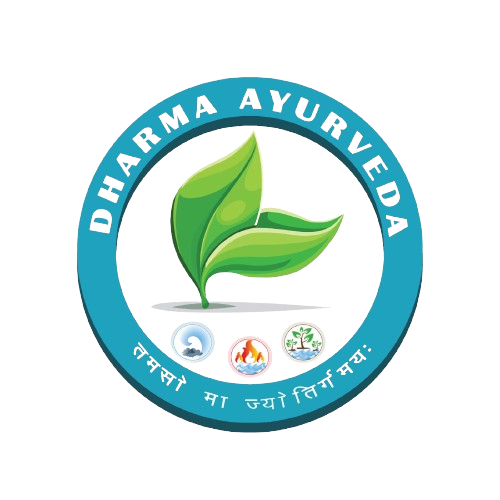Naturally Soothe Your Veins:
Ayurvedic Care for Varicose Relief
Varicose Vein
Ayurveda is an ancient Indian medicine that provides holistic ways of dealing with varicose veins, emphasizing natural remedies and lifestyle changes. Varicose veins are bulging and twisted veins that become swollen and enlarged often because the valves fail to work or there is inadequate circulation.
Ayurvedic treatment for varicose veins typically involves dietary changes, herbal medicines, massage, and lifestyle modifications tailored to balance one’s doshas (vata, pitta, kapha) within the body, improving circulation.

Symptoms
01. Veins that are dark purple or blue
These visible veins usually appear swollen, twisted, or bulging under the skin surface. They often affect the legs but could also occur in other parts of the body.
02. Skin ulcers
Some people may develop skin ulcers if their varicose veins become severe, most likely around the ankles. These ulcers will be painful and challenging to heal at an average rate.
03. Aching or heaviness in the legs
Some individuals experience discomfort or painful sensations, mainly after standing up or sitting down for long periods.
04. Swelling
Swelling called edema can also occur at the ankles and feet due to fluid accumulation due to poor circulation within affected veins.
05. Itching or burning
The areas affected by varicose veins tend to get itchy, accompanied by a burning sensation resulting from skin irritation caused by them.
06. Skin discoloration
Over time, there may be changes in the color of the skin; it becomes discolored and turns red or brown as a result of varicose veins.
07. Restless leg syndrome
A few individuals may show signs of restless leg syndrome due to their varicose veins. This syndrome is described as an overwhelming need to move one’s legs, particularly at night when it is very late.
Ayurvedic Treatment for Varicose Vein
Dietary Recommendations
The concept of a balanced diet based on doshas is central in Ayurveda. One should take food substances that boost proper blood flowing through the body, thus reducing inflammation taking place in it. In this case fruits like tomatoes help; vegetables such as broccoli can also be used while whole grains are encouraged; legumes are also important in addition to spices such as turmeric or ginger on cooked food. These foods should be prepared by avoiding processed foods plus frying them using less oil.
Lifestyle Modification
Following an Ayurvedic way of life might mean doing specific yoga poses and breathing exercises that promote good circulation while calming the nervous system. The other simple things may include dropping excess weight off when obese, maintaining a normal BMI range by eating healthy and increasing physical activities during resting times, lifting legs up above your heart, especially for those who sit or stand for long hours at work, thereby targeting this area where symptoms occur more frequently.
External Therapies
External practices, including ayurvedic massage using herbal oils, particularly those containing sesame oil or arjuna, may help increase blood supply while reducing swelling. Herbs can be used externally and compresses to reduce discomfort.
Herbal Remedies
Ayurveda may prescribe a number of herbs that have been known to improve blood flow. The commonly used herbs are triphala, guggulu, horse chestnut, and ashwagandha. These preparations come as powders or tablets for oral intake.
Detoxification
Ayurveda has Panchakarma therapies, where detoxification is done to remove toxins and restore balance from our body. Some of these therapies are herbal enemas (basti), nasal cleansing (nasya), and bloodletting (raktamokshana).
